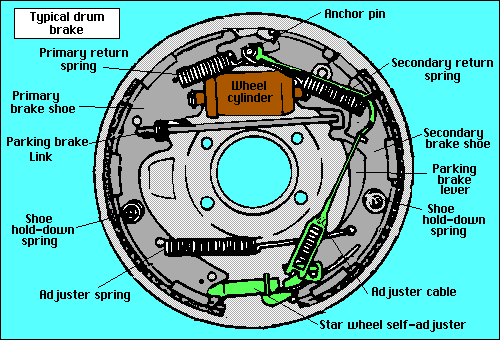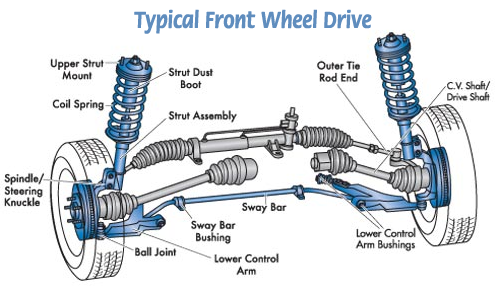Brake is a device to slow or stop the movement of the wheels. Because the wheels slowed down, it automatically slows the vehicle motion. The kinetic energy is lost from a moving object is usually converted to heat due to friction. In regenerative braking, most of this energy can be recovered and stored in rodagila (flywheel), capacitors, or converted to alternating current by an alternator, then dilalukan through a rectifier (rectifier) and stored in the battery for another use.
The kinetic energy increases by the square of the speed (E = ½ m · v2). This means that if the speed of a vehicle increases two times, it has four times as much energy. Brakes have to throw four times as much energy to stop and consequently, the distance required for braking is also four times as far.
The brake system in automotive engineering is a system that serves to:
Reduce vehicle speed.
Stopping the vehicle is running.
Keeping the vehicle remains stopped.
The main components in the brake system consists of:
Brake pedal or brake lever.
Amplifier (booster).
Master cylinder (master cylinder).
Braking or cable channels (lines).






